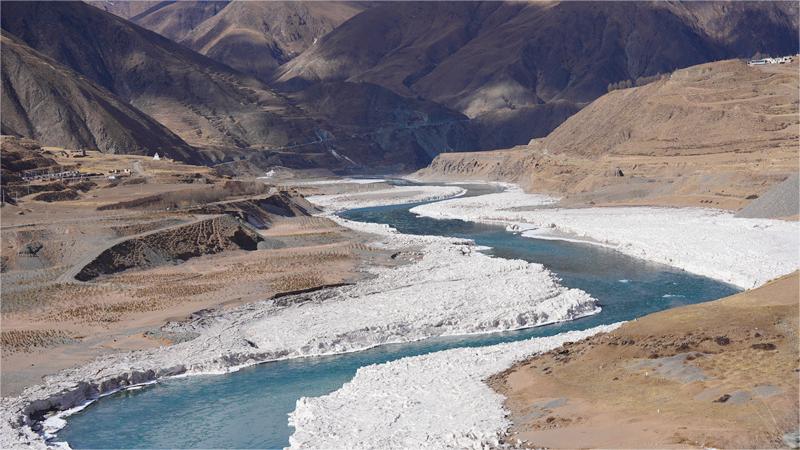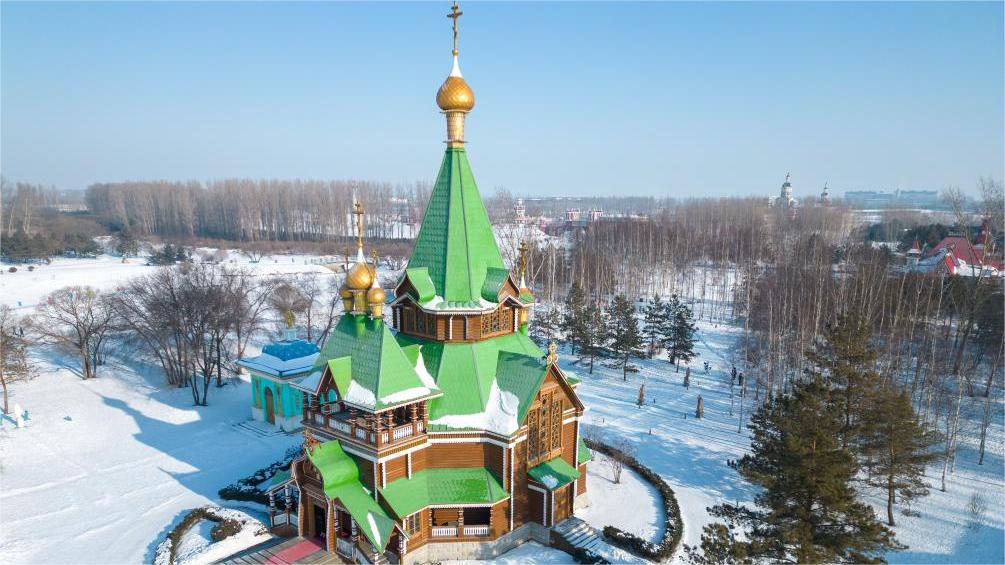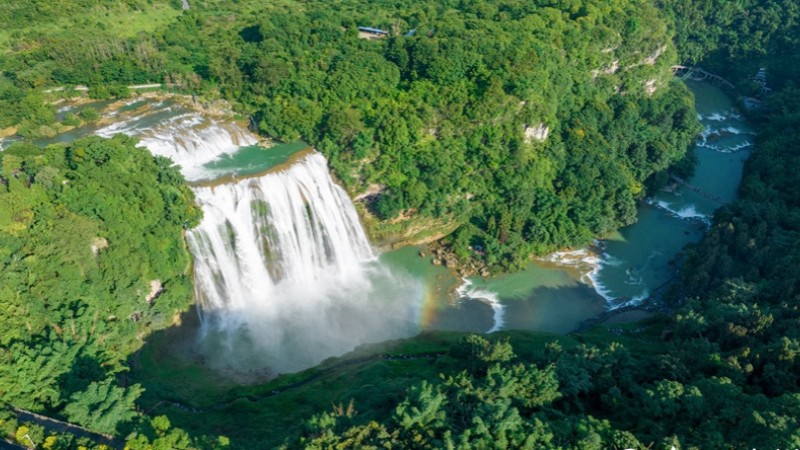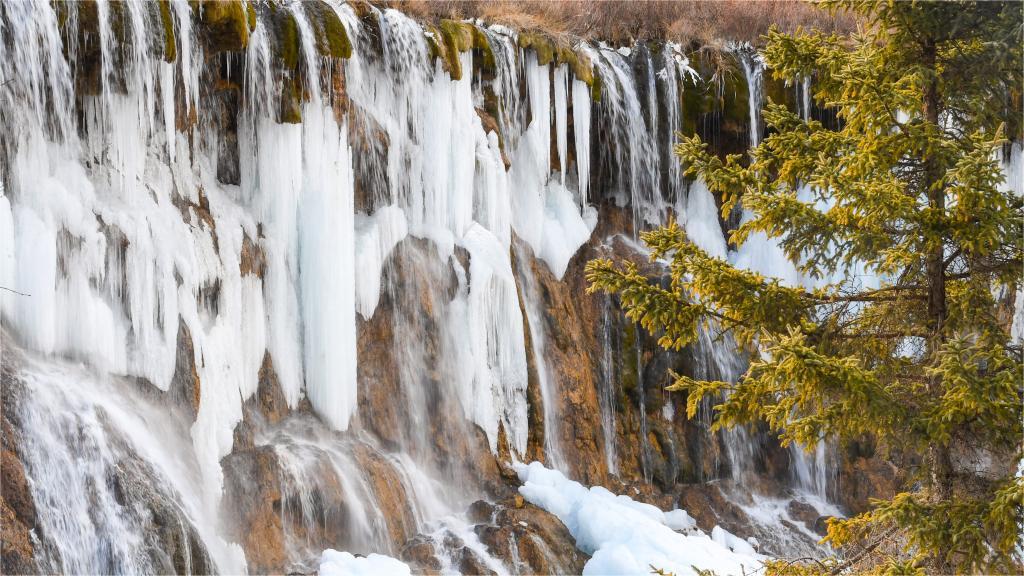China's ice, snow industry sees robust growth
The recently concluded New Year's Day holiday saw flourishing ice and snow activities, with "ice and snow tourism" becoming a popular theme for holiday travel.
Industry experts believe that the development of ice and snow tourism should not only meet the diverse needs for travel but also leverage the resource advantages to create a vibrant emerging industry and transform "cold resources" into a thriving economy, thereby promoting the high-quality development of ice and snow tourism.

Tourists have fun at a ski resort in Fukang City, northwest China's Xinjiang Uygur Autonomous Region, Dec. 22, 2023. (Xinhua/Zhang Cheng)
The popularity of ice and snow tourism reflects the vibrancy of the winter economy, and the potential for ice and snow consumption is being fully tapped into.
Moreover, the demand for various accommodations, including hot spring hotels, has surged.
Data from China's e-commerce platform Meituan shows the booking volume of hot spring hotels prior to New Year's Day increased by 250 percent compared to the previous year.
Several regions, including southwest China's Sichuan Province, south China's Hainan Province, and northeast China's Jilin Province, recently implemented specialized consumption vouchers for catering, cultural tourism, and sports exhibitions.
In particular, Jilin has distributed ice and snow consumption vouchers worth 30 million yuan ($4.2 million) to tourists and introduced a transportation subsidy worth 10 million yuan, which has attracted the participation of consumers.
These favorable policies have resulted in a continuous increase in the number of tourists visiting Jilin for ice and snow tourism, with an expected target revenue of 230 billion yuan.
"The surge in winter consumption is driven by people's desire for warmth, relaxation, and nourishment. As temperatures plummet, people are drawn towards engaging in seasonal activities like skiing, and indulging in hot springs. They also exhibit a greater willingness to invest in heating equipment and cozy home attire. This upswing in seasonal demand stimulates consumption, propels businesses to manufacture and sell relevant products, and contributes to overall economic growth," said Hong Yong, an expert at a think tank.
Data from online travel agency LY.com reveals that on the first day of the New Year's Day holiday, domestic ice and snow tourism witnessed a staggering 194 percent increase in popularity. Ice and snow sports, ice and snow landscapes, and immersive ice and snow-themed cultural and tourism activities were the primary attractions of this type of tourism.
Skiing and ice skating have become popular winter sports in the southern regions, with Zhejiang having 18 ski resorts, Jiangsu with 26 ski resorts, and Guangdong with nine ice and snow parks. The increasing number of indoor snow parks in the south has made ice and snow consumption more convenient, leading to a significant growth potential and market space in the southern ski market.
According to a report on the development of China's ice and snow industry in 2023, Chinese consumers are increasingly prioritizing ice and snow tourism, sports, and related consumption as the main focus of their vacations, moving away from short-term experiences. This shift has led to the growth of industries such as sports equipment, catering and accommodations, and transportation.
The report predicts that China's ice and snow industry will reach a scale of 890 billion yuan in 2023 and 1 trillion yuan in 2025, accounting for one-fifth of the total output value of the country's sports industry.
Photos
Related Stories
- Snow-themed travel proves big draw among tourists
- Harbin extravaganza boosts China's ice-and-snow economy
- Tourists enjoy New Year holiday at Harbin Ice-Snow World
- Rendezvous with snow refreshes landscapes in China
- Splendid aerial view of winter in Harbin
- Bashan Grand Canyon in SW China's Sichuan blanketed in snow
Copyright © 2024 People's Daily Online. All Rights Reserved.









